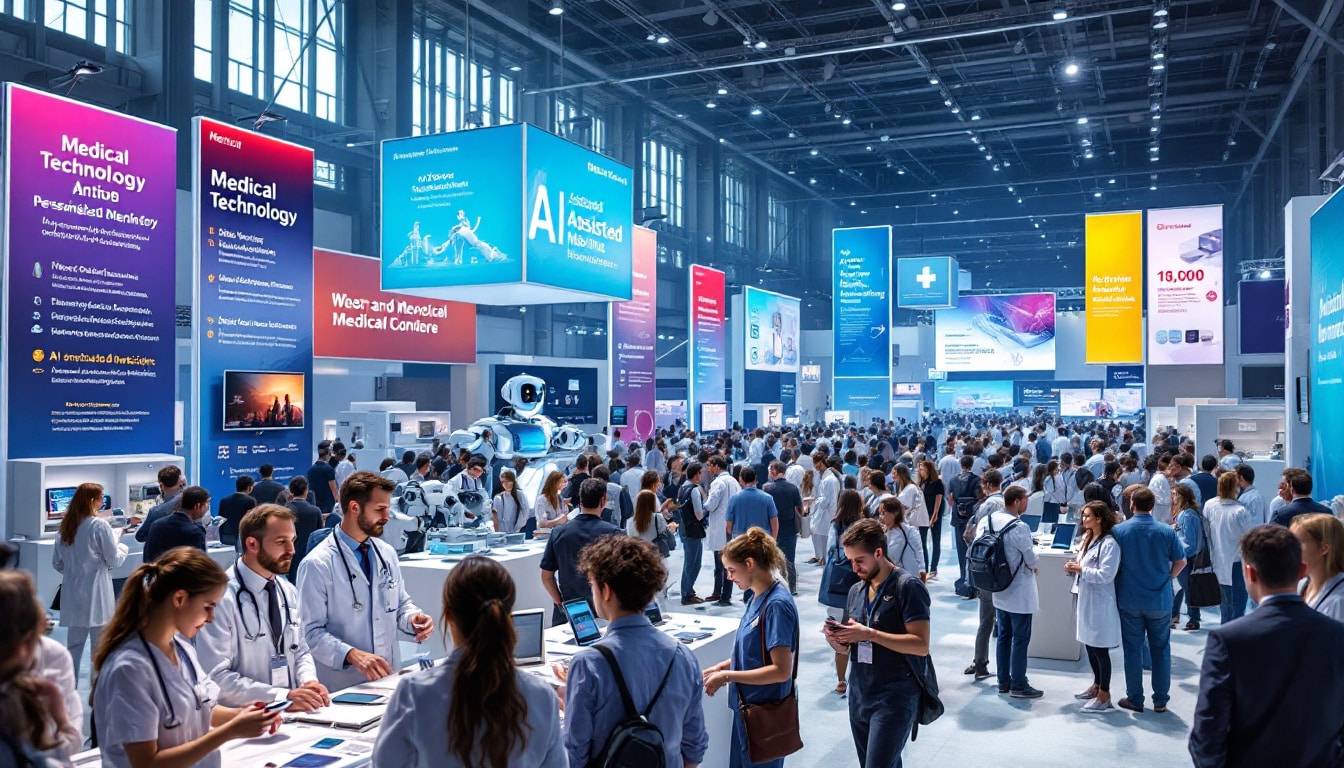In a context where the request for care continues to increase in the face of demographic challenges and the evolution of diseases, Europe finds itself at a decisive crossroads. The potential of medical technologies, whether digital or traditional, presents itself as a key to transforming European health systems. Investing in these innovations not only represents an opportunity to improve patient care, but also to strengthen Europe’s competitiveness on the global stage, creating a lasting impact for the future. This transformation towards medical and technological excellence is essential to guarantee accessible and effective health services for all.
Currently, Europe finds itself at a crucial crossroads regarding medical technologies. To maximize their potential, it is imperative to make them a real lever of economic growth and improving health systems. By confronting challenges such as the aging population and the shortage of healthcare professionals, the continent has the opportunity to integrate technological innovations to meet growing healthcare needs. This includes accelerating the adoption of advanced medical solutions that can improve outcomes for patients, promote early diagnosis and offer appropriate treatments. By strengthening this momentum, Europe can position itself as a leader in the field of medical technology, ensuring equitable and rapid access to essential innovations.

THE medical technologies represent an undeniable lever for the European health system, which is undergoing rapid change. They offer a multitude of solutions intended to improve the quality of care. With an aging population and increasing chronic diseases, the focus must be on innovation to meet growing demand. Thus, advanced medical devices can transform the daily lives of patients and healthcare professionals. Faced with these challenges, Europe has the unique opportunity to be at the forefront of this development.
The challenges of health innovation
The sector of medical technologies in Europe must adapt to new challenges, including early detection and effective treatment of diseases. Innovation is a key vector for improving clinical outcomes. For example, the development of tools for telemedicine allows remote patient monitoring, thereby reducing congestion in healthcare establishments. This type of innovative approach guarantees more equitable access to care, especially in rural areas or areas far from large medical centers.
Foster an ecosystem conducive to research
To maximize the potential of medical technologies, Europe must foster a dynamic ecosystem around research and development. Public and private investment in the sector is crucial to creating solutions tailored to patient needs. In addition, collaborations between startups, universities and established companies can accelerate innovation. By strengthening this network, Europe could also attract more talent and expertise, thereby consolidating its position in the global health technology market.
A Strasbourg, un campus des technologies médicales et… une pagode https://t.co/94qHTEV9wI
— Batiactu (@batiactu) July 22, 2024













